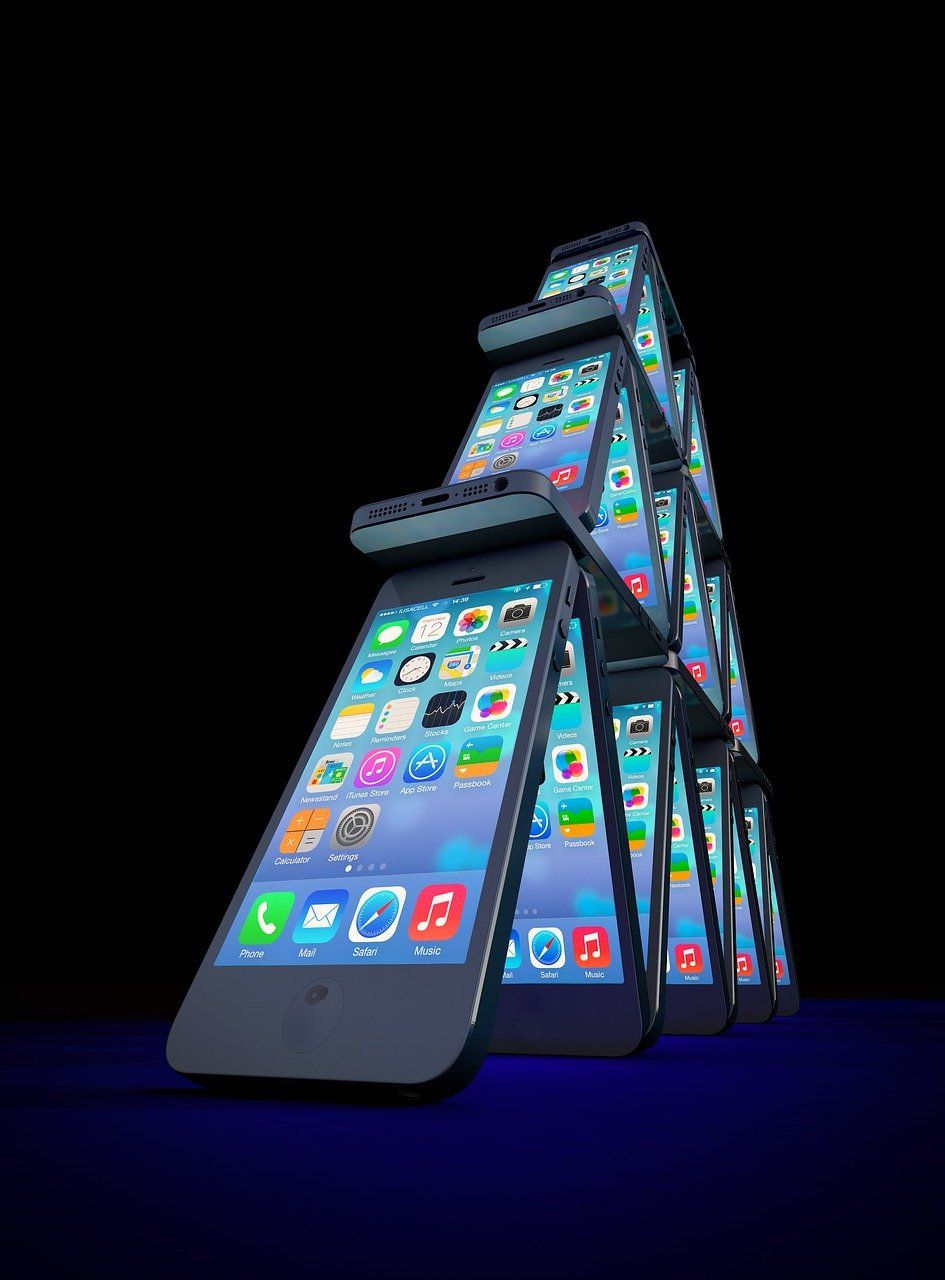Macintosh Apple – The Ultimate Guide to Understanding and Choosing the Right Option

Introduction:
The Macintosh Apple, commonly known as Mac, is a line of personal computers developed and manufactured by Apple Inc. Since its introduction in 1984, Macintosh has built a strong reputation for its user-friendly interface, sleek design, and powerful performance. In this comprehensive article, we will delve into the world of Macintosh Apple, exploring its various types, popular models, quantitative measurements, differences, and historical pros and cons.
Section 1: A Thorough Overview of Macintosh Apple

The Macintosh Apple is a brand of personal computers known for its intuitive user interface, advanced hardware, and optimized software. Apple’s commitment to integration of hardware and software has resulted in a seamless user experience, catering to creative professionals, students, and everyday users alike. Whether it’s for work or leisure, Macintosh offers a range of features and software applications designed to enhance productivity and creativity.
Section 2: Extensive Presentation of Macintosh Apple
2.1 Types of Macintosh Apple: Macintosh Apple offers several series within its product line, including MacBooks, iMacs, Mac Pro, and Mac Mini. Each series caters to different needs, such as portability, power, or affordability.
– MacBooks: Known for their sleek design, lightweight build, and portability, MacBooks are available in various sizes, including the MacBook Air and MacBook Pro.
– iMacs: These all-in-one desktop computers offer a larger display, powerful performance, and versatile connectivity options.
– Mac Pro: Designed for professional users, the Mac Pro offers exceptional computing power, expandability, and customization options.
– Mac Mini: A compact yet powerful option, the Mac Mini is favored by users looking for a scaled-down desktop experience.
2.2 Popular Models: Some popular Macintosh Apple models include the MacBook Pro (with options for different screen sizes and performance levels), iMac Pro (aimed at professionals demanding high-performance computing), and the Mac Mini (a versatile, budget-friendly option for both home and office use).
Section 3: Quantitative Measurements of Macintosh Apple
– Processing Power: Macintosh Apple utilizes powerful processors, such as Intel Core and Apple Silicon, delivering exceptional performance and speed.
– Memory and Storage: Macintosh Apple offers varying configurations for RAM and storage capacity, allowing users to choose the ideal option based on their needs.
– Display Quality: Macintosh Apple devices feature high-resolution Retina displays, offering vibrant colors, sharp details, and wide viewing angles.
– Battery Life: MacBooks are renowned for their long-lasting battery performance, ensuring productivity on the go.
– Graphics Performance: Macintosh Apple devices often include dedicated graphics cards, enabling smooth rendering and enhanced visual experiences.
Section 4: Exploring Differences Among Macintosh Apple Models
Macintosh Apple models differ in terms of form factor, processing capabilities, storage options, graphics performance, and connectivity. Users have the flexibility to select the most suitable option based on their requirements, whether it be portability, power, or versatility.
Section 5: A Historical Overview of Pros and Cons of Macintosh Apple
Throughout its evolution, Macintosh Apple has faced both advantages and disadvantages. Some historical pros include its secure operating system, user-friendly interface, innovative design, and powerful performance. On the other hand, early compatibility limitations with certain software and hardware, higher price points, and limited game compatibility were some of the cons Macintosh Apple faced in the past.
Conclusion:
Macintosh Apple continues to offer a diverse range of products that cater to various needs and preferences. Whether you are a student, professional, or everyday user, Macintosh Apple’s powerful performance, elegant design, and intuitive software make it a compelling choice. By understanding the types, popular models, quantitative measurements, differences, and historical pros and cons of Macintosh Apple, you can make an informed decision when choosing your next Macintosh device.
Note: The video can elaborate on the features and advantages of Macintosh Apple, showcasing its sleek design, powerful performance, user-friendly interface, and creative capabilities. It can also highlight the range of applications and software available for Mac users, emphasizing the seamless integration between hardware and software that sets Mac apart from other computer brands.





















